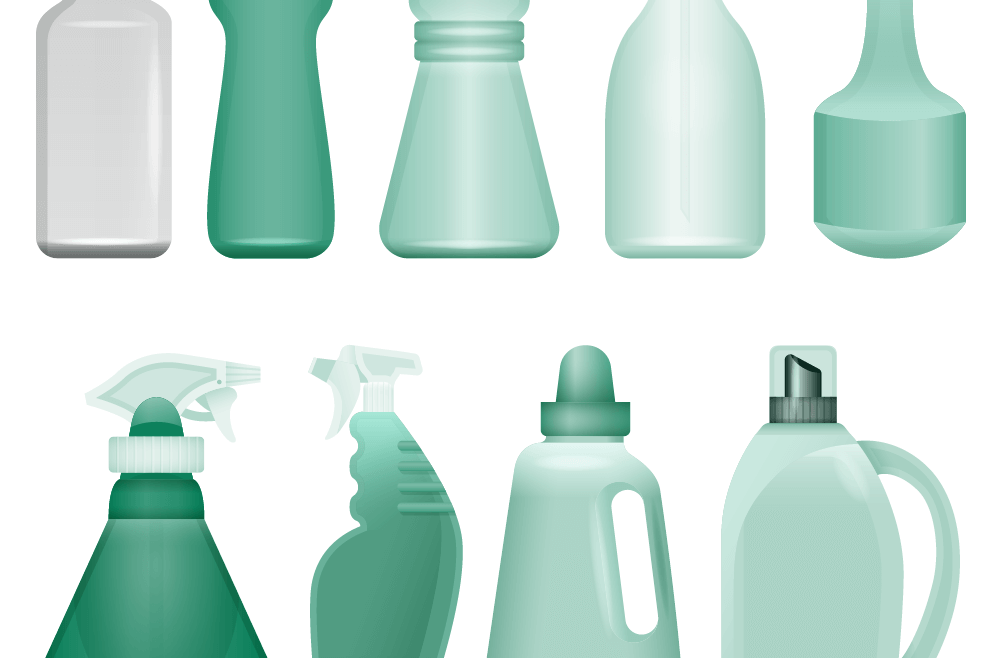Those who work with chemicals must observe certain regulations for their own and their buyers’ safety. We have already talked about HSE compliance in a previous article (
HSE compliance for chemicals: manage them with Chemilla!
), today we look at another acronym that often comes back when talking about regulatory compliance for chemicals: the GHS(Global Harmonized System).
What is the GHS?
GHS ( Global Harmonized System of Classification and Labelling of Chemicals) is a set of rules to classify and standardize chemical labels.
- Criteria for classification and labeling of chemical substances and compounds;
- elements to communicate hazards from chemical substances and compounds.
Other regulations
Although the GHS classification is a UN measure, not all countries belonging to the United Nations have implemented this regulation.
 Countries/regions where the GHS system has already been implemented
Countries/regions where the GHS system has already been implemented
 Volunteer
Volunteer
 Under implementation
Under implementation
 Not implemented or not available
Not implemented or not available

[source: DHI – updated 02-09-2021]
In addition to CLP, there are other implementations of the GHS system. For example, the United States has integrated international regulations into the classification system for chemical products called HazCom (theHazard Communication Standard) based on GHS v.3. Currently,OSHA(Occupational Safety and Health Administration, the agency of the U.S. Department of Labor) is working to harmonizeHazCom with the most recent edition of the UN GHS.
Also important to know about the People’s Republic of China implementation: the China GB standard aligned with GHS v.4.
Why is it important?
If you work with chemicals, knowing the GHS in detail is critical so you don’t make mistakes during labeling. Therefore, it is essential to know the general rules regarding the classification and labeling of substances and the implementations of GHS in the various national or regional standards.
Timely application of legislative directions is essential to ensure the safety of people and the environment.
Read more
To find out about the regulations, we recommend directly consulting the Official Journal of the European Union, L 353, Dec. 31, 2008, which contains the CLP Regulation. You can download it in several languages on the EUR-Lex website.
Alternatively, on the official website ofEU-OSHA (European Agency for Safety and Health at Work) you can find a page dedicated to CLP legislation. You can consult it in Italian and other European languages at OSHA.Europa.
Regarding the other two major regulations, the US HazCom regulation and the China GB, you can consult the official website of the US government agency OSHA and the official website of the Standardization Administration of the People’s Republic of China (English version), respectively.

How not to go wrong in managing GHS Compliance?
Despite the United Nations’ attempt at harmonization, managing GHS compliance is still a complex job. There are many rules to be followed for classification, just as many elements to be indicated within the labels and MSDSs of chemical products. In addition, the classification must be translated and harmonized according to different regulations if you intend to work outside your country and in nations that do not adopt the GHS system. Considering that two of them are the U.S. and China, knowledge of European CLP regulations alone is not enough.
To facilitate work and avoid compilation errors while staying up-to-date with the latest regulations, the team of
F1 Consulting & Services
HSE software for managing GHS compliance.
Chemilla: automatic, comprehensive and always up-to-date management
Chemilla is a comprehensive solution for managing GHS compliance. It offers an advanced feature set for generating, saving, sending and printing SDSs and hazard labels according to the EU CLP, US HazCom, China GB standard. With Chemilla you can automatically translate all documents into more than 30 languages, and in a few simple clicks you can save and send the forms directly to the recipients.
The cloud architecture frees Chemilla, allowing you to use the application anywhere and from any device. Chemilla also offers a
free demo
opportunity to see the software in action firsthand. Learn about all the other features of
Chemilla
on the dedicated page.

